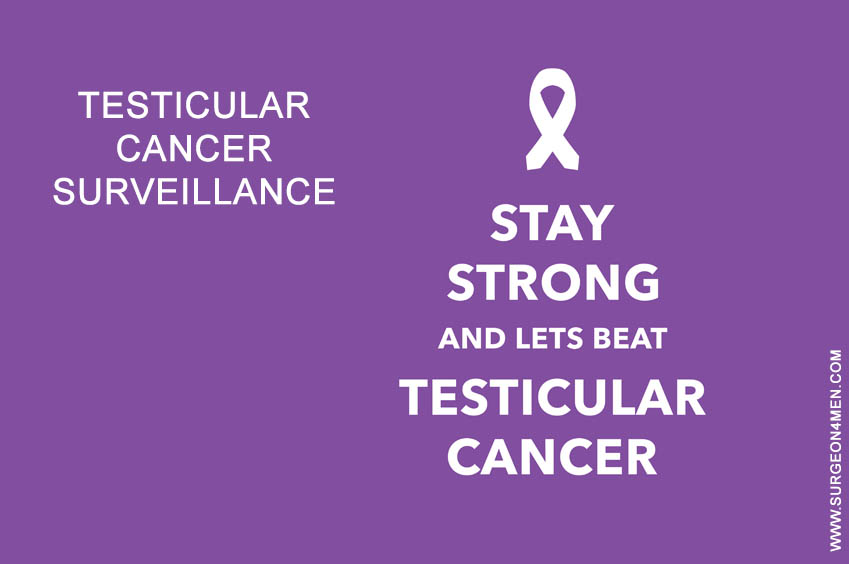Testicular Cancer Surveillance
Testicles form part of a man’s reproductive organs. A man has two testicles and they are responsible for producing sperms and testosterone. Testicular cancer is characterized by an uncontrolled growth of cells in the testicles, leading to the formation of a tumor. Tumors can either be benign or cancerous. A benign tumor does not spread to other body parts whereas a cancerous tumor can spread to other body parts. Testicular cancer is curable in most of the cases, if detected at an early stage. Even if it is detected at a later stage, it can be cured.
A majority of testicular tumors occur in the germs cells which produce sperms. Testicular tumors in germs cells are also known as germ cell tumors. There are two types of germ cell tumors: seminomas and non-seminomas. Non-seminomas are characterized by a rapid growth phase and tend to spread more easily. However, it is important to diagnose and treat both the types of germ cell tumors at the earliest.
Monitoring for Testicular Cancer
Studies
A long term study was conducted using a nationwide database in Denmark. The study involved collecting information from about 1822 men who had stage 1 testicular cancer. These men were observed for a period of five years as a part of the testicular cancer surveillance program to observe a recurrence of cancer. In about 20% of the men, it was observed that cancer did come back within a period of 15 years. These people were subjected to radiation therapy, chemotherapy, and further surgery. It was found that approximately 99% of these men lived for at least 10 years after receiving the original treatment. The study proved that out of every 1000 people who were under surveillance for testicular cancer, only 4 people died within 10 years of receiving the original treatment.
The study found that certain factors greatly influenced the recurrence of testicular cancer. These are the size of the tumor being greater than 1.5 inches, spread of cancer to blood and lymphatic vessels, and a presence of higher concentration of human chorionic gonadotropin (HCG).
The doctor will explain to you about the kind of testicular cancer surveillance that you are likely to have. If your cancer produces tumor markers, then the doctor will tell you to get the tumor markers measured every month. You will also be required to have regular x-rays of the chest and occasional CT-scans. The tests and surveillance appointments will become less frequent when the risk for the recurrence of testicular cancer goes down.
References:
http://www.cancer.net/monitoring-stage-i-testicular-cancer-safe-option-after-surgery
